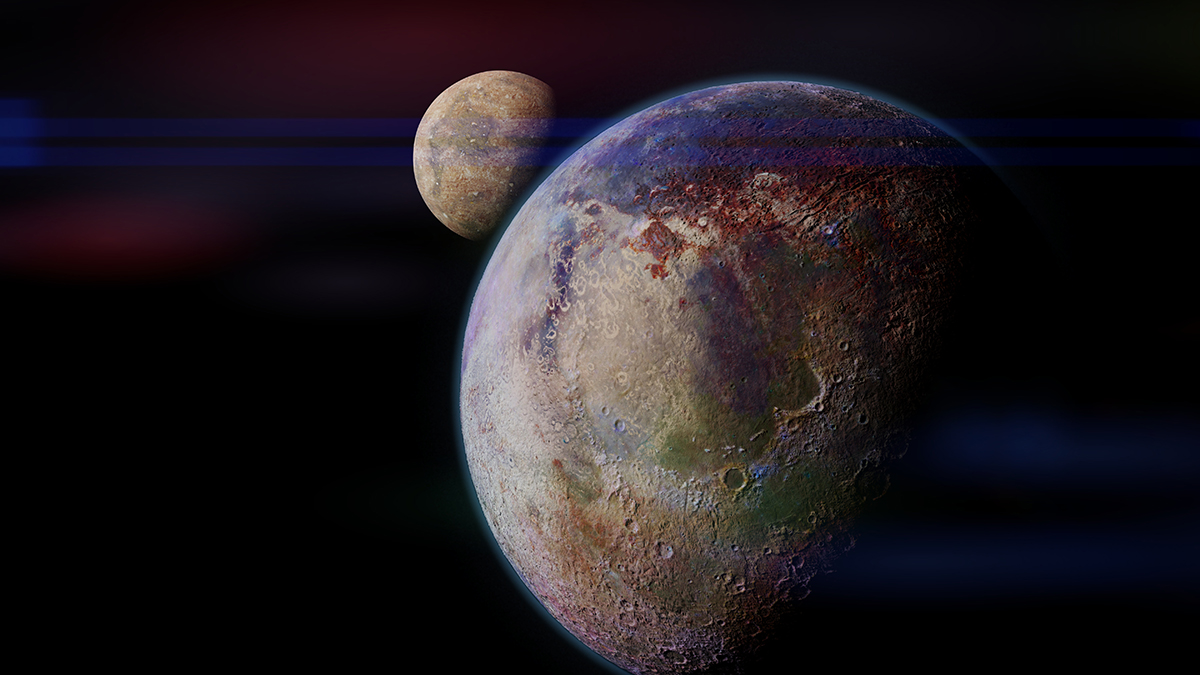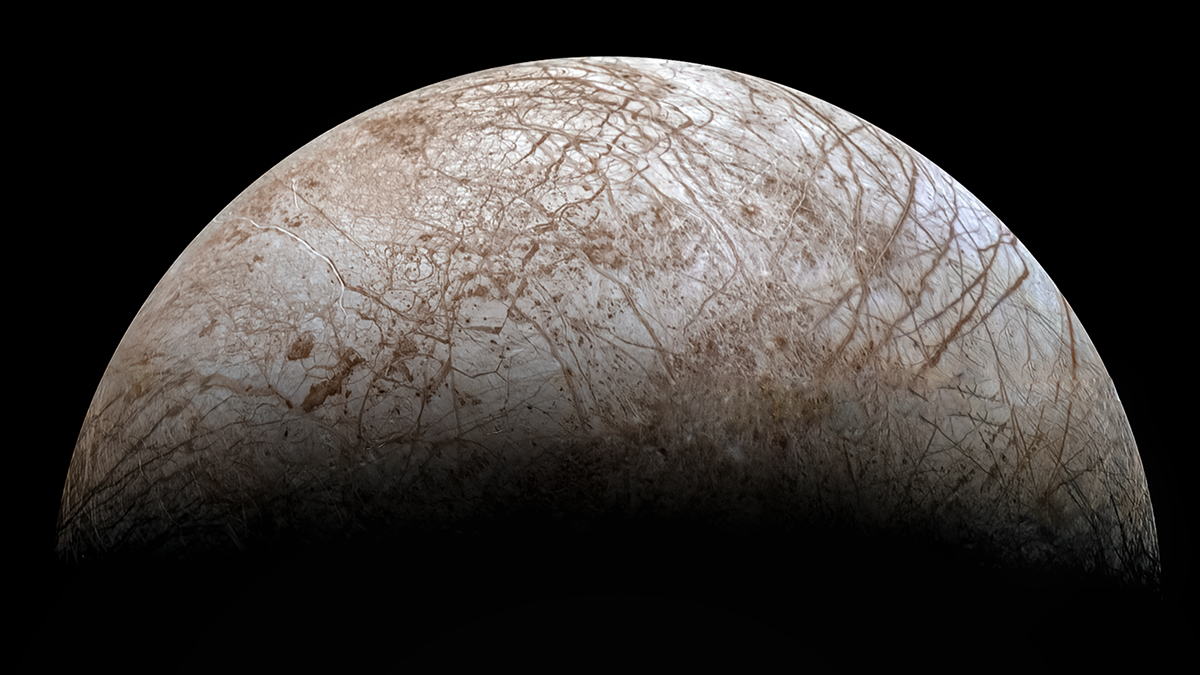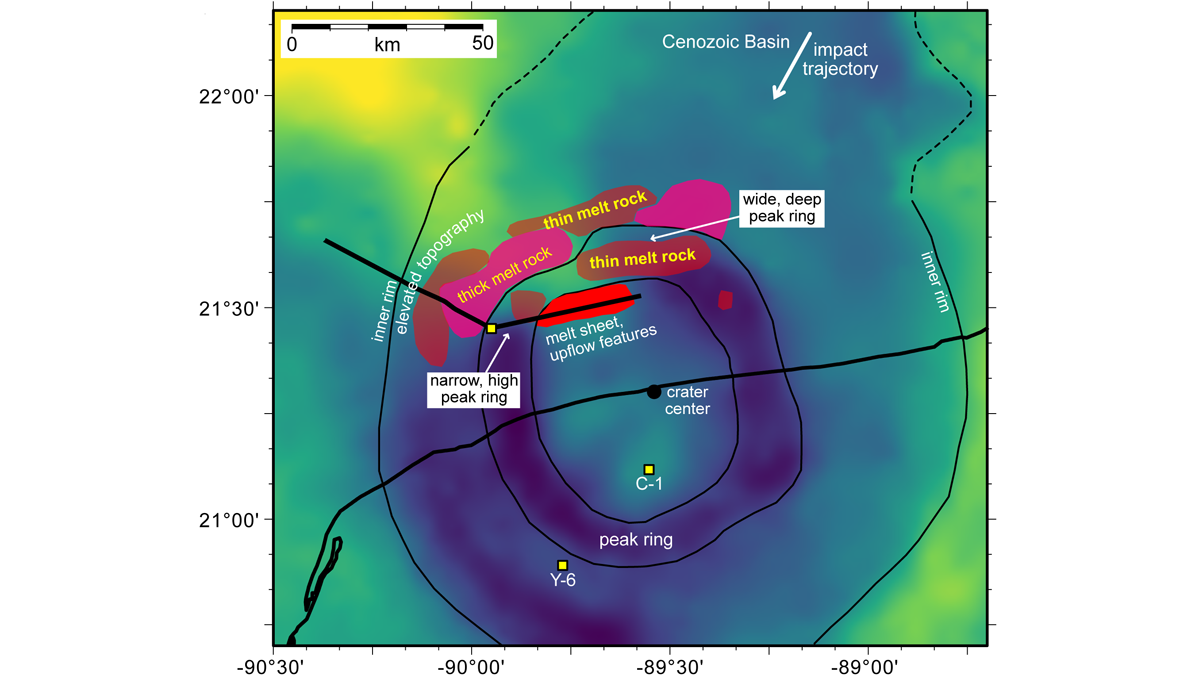Why is our Moon so massive compared with Earth, and how might that configuration happen elsewhere?
planets
Planetary Dunes Tell of Otherworldly Winds
On Earth and throughout our solar system, ripples and dunes in sand and dust offer insights into how winds blow, liquid currents flow, and solid particles fly and bounce over the terrain.
A Better Look at the Moon’s Middle Mantle
A new analysis strategy sheds new light on the electrical conductivity of the lunar mantle between 300 and 900 km depth.
Shining a Spotlight on the Chicxulub Impact Crater
A new seismic survey of the Chicxulub impact crater reveals the structure of its peak ring and the sediments that cover it.
The Stuff That Psyche Is Made Of
The metallic asteroid Psyche appears to contain more rock than previously thought, shedding new light on possible scenarios for its formation in the early solar system.
Hunting for Planets Around Old, Anemic Stars
Can a star make planets with 10% of what the Sun had to work with? A synergy between two powerhouse survey telescopes is helping astronomers find that answer.
Nearest Star System May Have a Second Planet
The exoplanet candidate, tentatively named Proxima c, would be a frozen snowball.
Johnson Receives 2018 Ronald Greeley Early Career Award in Planetary Sciences
Brandon Johnson will receive the 2018 Ronald Greeley Early Career Award in Planetary Sciences at AGU’s Fall Meeting 2018, to be held 10–14 December in Washington, D. C. The award recognizes “significant early career contributions to planetary science.”
Planetary Science Up, Earth Science Down in Proposed NASA Budget
The agency’s acting administrator says that the fiscal year 2018 White House budget request tells NASA to stay the course.









